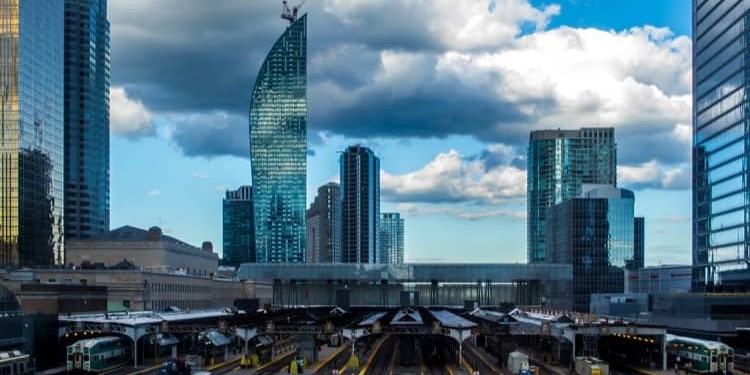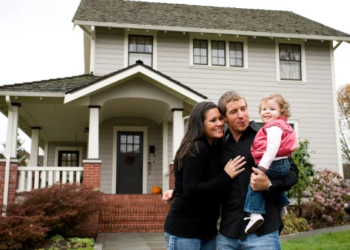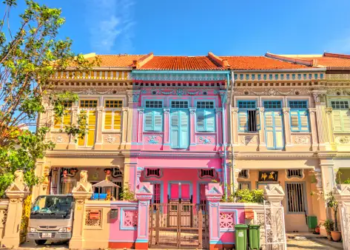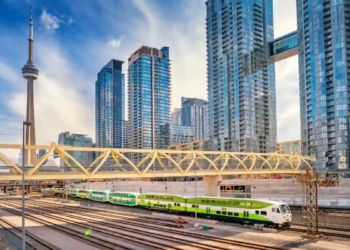I grew up in Brantford, Ontario, a city of over 90,000. As a teenager, I wanted to explore and be independent—what teenager doesn’t want that—and was limited considerably by a bus system that was stunted at best.
Fast-forward 15 years and I find myself in Toronto, a hub with ample transit and areas to investigate. I live in the west end, between the King and Queen streetcar lines, so I have (fairly) quick access to downtown and, therefore, the rest of the city.
However—and this is not news to anyone in the city—transit is a contentious issue. Although I’m on a streetcar line, it would be beautiful if I were on an underground line, like the subway lines that criss-cross the city centre. My morning commute can be pretty miserable if I don’t leave early and, with our municipal government consistently trying to “fix” their streetcar and bus strategy, things can become confusing. An underground line along Richmond, Queen, or any other east-west street would not only change the way I travel, but would change the face of the city.
A 2015 study by commercial real estate company Avison Young found that towers within 500 metres of a subway station sold for $475 per square foot more, on average, than those further away. While this shouldn’t surprise anyone, in a city so reliant on transit, does that mean we actually want more transit downtown?
If we think of my earlier-mentioned transit plight, then yeah, a downtown relief line would be fantastic. I’d get to work in half the time and would have fewer waits due to congestion. New developments would pop up all along the line, providing me with new eats and shops to visit, and new real estate opportunities for when I (finally) buy my first place.
But this development is part of the contention. If the line were down Queen, for example, some of the shorter buildings would have to be replaced by towering condos, more so than is happening already.
West Queen West is my favourite area of the city because of its local charm. The short, brick buildings are a testament that every neighbourhood doesn’t need to be condo-heavy, (even if there are condos spattered throughout and nearby). A subway line could devastate what Vogue called the second-coolest neighbourhood in the world, not to mention Queen East and Leslieville in the other direction.
And speaking of that devastation, subway lines aren’t built quickly. Transit officials have said up to 15 years, and Mayor John Tory said 17 during his campaign in 2014. Now picture the already congested Queen Street with closed lanes and total disarray for the next major chunk of your life. We’ve already seen that the Eglinton Crosstown—an ambitious project connecting the northern part of the city—has considerably disrupted traffic to drill its tunnels and build stations.
So, would the downtown relief line actually be worth it?
From my standpoint, the obvious answer is yes. Despite the above problems, building a city that is truly connected, rather than the hodgepodge we have now, is so important. If we’re inconvenienced for a while, we’ll find a way around it, as the people on Eglinton are doing now. It may be frustrating, but the long-term effects of these lines should be kept front-of-mind.
From a real estate perspective, there will be arguments and there will need to be a balance. New developments are fantastic and allow for new urban ideas and opportunities. The community this directly affects, whether it be West Queen West or another, will fight for the integrity of the neighbourhood while allowing projects to grow the city in the right direction. Although real estate prices would go up, so too would the amount of living space, changing prices in other areas.
When I think back on my time in Brantford, I’m grateful that I now live in a city with transit, and partnered real estate opportunities. And I’m hopeful that the city will make the right decision in pushing the city’s transit forward.
Unsplash: Tony Yeung













